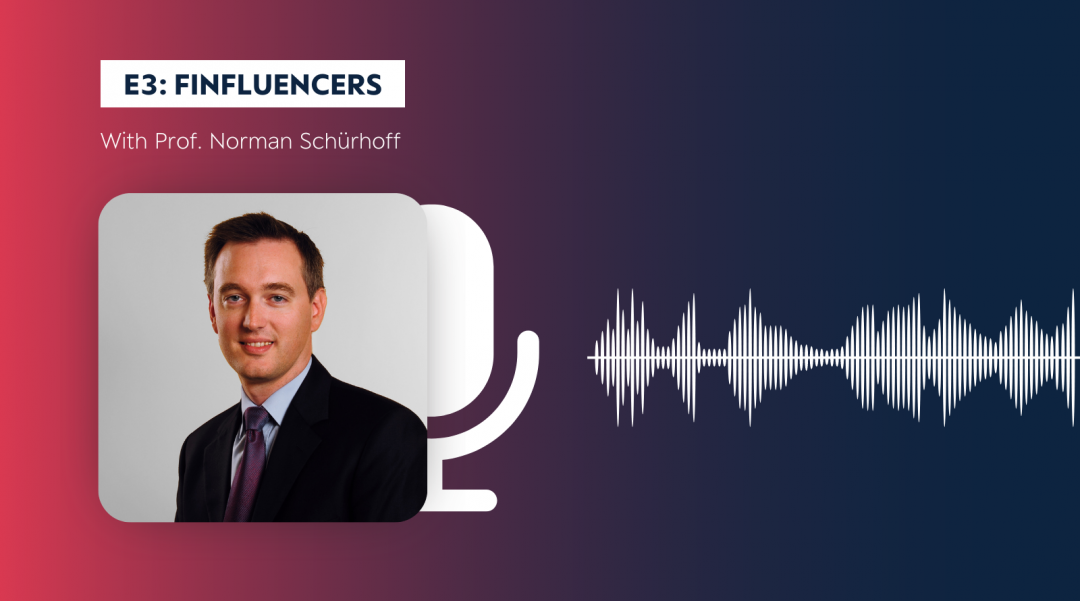From healthcare to marketing, IT to transport, artificial intelligence and machine learning are disrupting the business world. Financial services is no exception.
Making more sense of factor investing
Over the last 30 years, investing in stocks (equities) and bonds (fixed income) has been transformed by the use of investment strategies that focus on specific characteristics of the asset being invested in, such as value or momentum – factor investing. Yet although it has become hugely popular, a big challenge with factor investing is deciding which factors matter most when predicting performance.
This is where AI can make a difference. As new research shows, it’s possible to combine AI and economic theory to improve the factor investing decisions made by asset managers and allocators. “There are hundreds of factors; in finance we call it a ‘factor zoo’,” says Amit Goyal, Professor of Finance at HEC Lausanne. “Machine learning is helping to make some sense of the factor zoo, introduce some structure and build better investment portfolios.”
Combining machine learning and economics
In their research “Predicting Corporate Bond Returns: Merton Meets Machine Learning” Professor Goyal and his co-authors focus on corporate bonds, a market worth $49 trillion in 2020, using corporate bond transaction data between 2002 and 2017 for over 22,000 bonds issued by some 6000 firms. Having input over 40 corporate bond factors into a range of different machine learning models they take each model’s predictions of best and worst performing corporate bonds and use that information to build a series of simulated corporate bond investment portfolios. Then, using the transaction data, they can compare the models’ predictions with the actual bond performance.
Crucially, the researchers go further than using just machine learning to make sense of the bond factors. They also add economic theory to their machine learning experiment by taking the capital structure of companies into account. “Bonds are one part of the capital structure of the company, the other is equities,” says Goyal. “Whatever happens to the financial health of the company will have an effect on both equities and bonds, so naturally there’s a relationship between the two.”
“Imagine two ‘machines’,” Goyal explains. “One is fed data on equity factors and uses machine learning to predict the stock return, the other is fed data on corporate bond factors and uses machine learning to predict the bond return. To include the economics element we make these two models talk to each other.”
AI plus economics equals better results
As Goyal notes, the best results are obtained when the corporate bond and equity ‘machines’ interact. “If I let the stand-alone machine learning predict bond returns I do well, I make some money. But when I make these two machines talk to each other my bond prediction machine does even better. We’re providing some structure to the machine, guiding it along certain paths dictated by economic theory. That helps the machine provide better predictions for bond returns. Whatever the stock model tells us in terms of predictions for the equity returns can be used to improve the bond prediction returns. That insight is the USP of our paper.”
It is a disciplined approach that applies machine learning to fixed income investing, in particular corporate bond investing. An approach that, in principle, should work across regimes to build a better fixed income portfolio.
Photo credits: © Pop Nukoonra0t | Dreamstime.com




